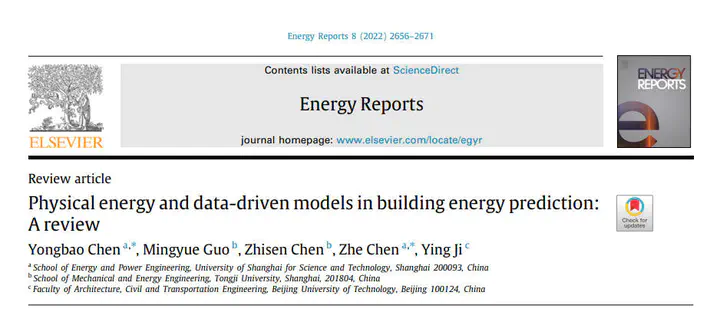 First page
First page
Abstract
The difficulty in balancing energy supply and demand is increasing due to the growth of diversified and flexible building energy resources, particularly the rapid development of intermittent renewable energy being added into the power grid. The accuracy of building energy consumption prediction is of top priority for the electricity market management to ensure grid safety and reduce financial risks. The accuracy and speed of load prediction are fundamental prerequisites for different objectives such as long-term planning and short-term optimization of energy systems in buildings and the power grid. The past few decades have seen the impressive development of time series load forecasting models focusing on different domains and objectives. This paper presents an in-depth review and discussion of building energy prediction models. Three widely used prediction approaches, namely, building physical energy models (i.e., white box), data-driven models (i.e., black box), and hybrid models (i.e., grey box), were classified and introduced. The principles, advantages, limitations, and practical applications of each model were investigated. Based on this review, the research priorities and future directions in the domain of building energy prediction are highlighted. The conclusions drawn in this review could guide the future development of building energy prediction, and therefore facilitate the energy management and efficiency of buildings.